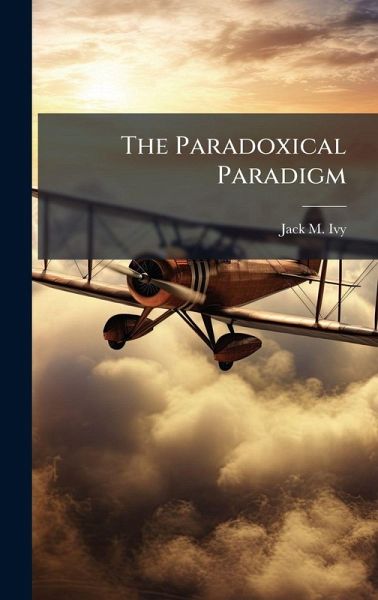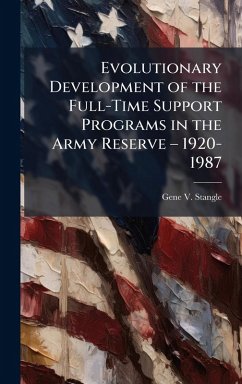
The Paradoxical Paradigm
Versandkostenfrei!
Versandfertig in über 4 Wochen
28,99 €
inkl. MwSt.
Weitere Ausgaben:

PAYBACK Punkte
14 °P sammeln!
This paper scrutinizes the senior aeronautical leaders in the early inter-war period. The author's thesis is that the Navy embraced the new technology of aviation, and the entire Navy changed as a result, while the Army rejected aviation, relegating it to a separate "special" category that inevitably led to independence. The author's contention is that Rear Admiral William Moffett's superior leadership and acute understanding of his organization brought about the metamorphosis of the Navy into a modern combat force, while the Army aeronautical leaders' misunderstanding of their organization wa...
This paper scrutinizes the senior aeronautical leaders in the early inter-war period. The author's thesis is that the Navy embraced the new technology of aviation, and the entire Navy changed as a result, while the Army rejected aviation, relegating it to a separate "special" category that inevitably led to independence. The author's contention is that Rear Admiral William Moffett's superior leadership and acute understanding of his organization brought about the metamorphosis of the Navy into a modern combat force, while the Army aeronautical leaders' misunderstanding of their organization was responsible for the technology being rejected. The author also proposes that Brigadier General William Mitchell, far from the often proclaimed spiritual father of the modern Air Force, was the inept leader primarily responsible for the United States NOT forming an independent air force during the interwar period. This work has been selected by scholars as being culturally important, and is part of the knowledge base of civilization as we know it. This work was reproduced from the original artifact, and remains as true to the original work as possible. Therefore, you will see the original copyright references, library stamps (as most of these works have been housed in our most important libraries around the world), and other notations in the work. This work is in the public domain in the United States of America, and possibly other nations. Within the United States, you may freely copy and distribute this work, as no entity (individual or corporate) has a copyright on the body of the work. As a reproduction of a historical artifact, this work may contain missing or blurred pages, poor pictures, errant marks, etc. Scholars believe, and we concur, that this work is important enough to be preserved, reproduced, and made generally available to the public. We appreciate your support of the preservation process, and thank you for being an important part of keeping this knowledge alive and relevant.












